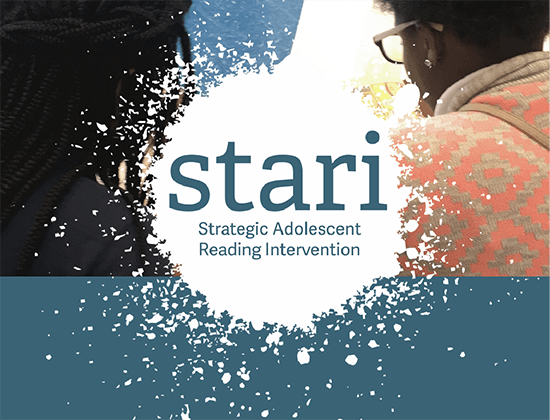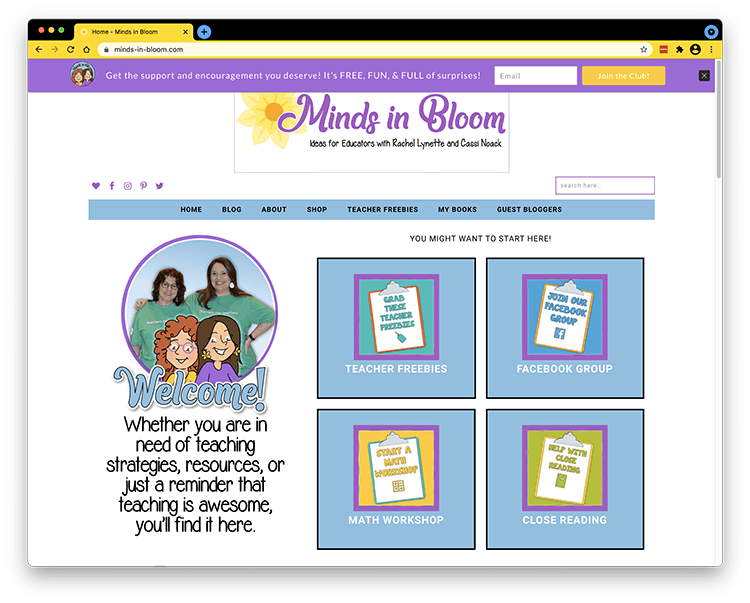Minds in Bloom Website Offers Tips for Elementary Classroom Centers
Some of the most widely used components of elementary literacy instruction are classroom centers—activity stations where small groups of students work simultaneously, either independently or with the assistance of a teacher.
Last year, I got an up-close look at how different teachers use centers when I observed elementary ELA classes as part of a project aimed at understanding barriers to reading success. While nearly every literacy block featured some form of these small group rotations, there was significant variation in time use and student agency across classrooms. In some classrooms, students moved between stations seamlessly and were better able to keep their focus when working independently, while in others, transition between centers was less efficient and students took longer to focus on the next task, resulting in less time to productively work at each station.
In interviews, teachers in classes that used time more efficiently highlighted the importance of establishing routines early in the year, but the methods for doing so were not standardized. Some teachers had created an environment where students had more ownership over their independent learning, but without witnessing how teachers initially established their centers routine, it was difficult to pinpoint how this was accomplished.
During our research, we came across a variety of methods for managing classroom centers, and in this Spotlight, we are highlighting one teacher’s approach to cultivating a system for success. Jamie Sears is a former third grade teacher who now develops curriculum and conducts professional development for elementary educators. She also writes and publishes articles for teachers on her blog, Not So Wimpy Teacher, and has worked with over 3,000 teachers in her writing masterclass.
In her post, Mrs. Sears delves into how she was able to teach her students to master the routine for small group rotations and work independently. She explains the strategies to which she credits her success and offers recommendations to teachers. Here are some of the highlights:
- Take time at the beginning of the school year—at least two weeks—to train students in the new routine. This is an investment that greatly improves productivity in the following months.
- Establish a classroom management system by closely monitoring each center, correcting student behavior, and answering questions so that expectations are clear and students can self-monitor.
- Restructure centers if necessary, in order to minimize the time lost to transitions and promote student stamina.
Mrs. Sears underscores that she is “not blessed with perfect classes,” and that teachers can employ these strategies with all students. She was able to make her centers work while serving students with ADHD, dyslexia, and other special needs, without the help of an aid or assistant. While there are many ways to structure successful classroom centers and build student agency, we are highlighting this work because we believe other elementary ELA teachers may find her analysis valuable. The spotlighted post offers detailed guidance for any teachers interested in helping all of their students learn how to work independently in classroom centers.


Strategic Education Research Partnership
SERP Institute
1100 Connecticut Ave NW
Suite 1310
Washington, DC 20036
SERP Studio
2744 East 11th Street
Oakland, CA 94601
(202) 223-8555
Registered 501(c)(3). EIN: 30-0231116

